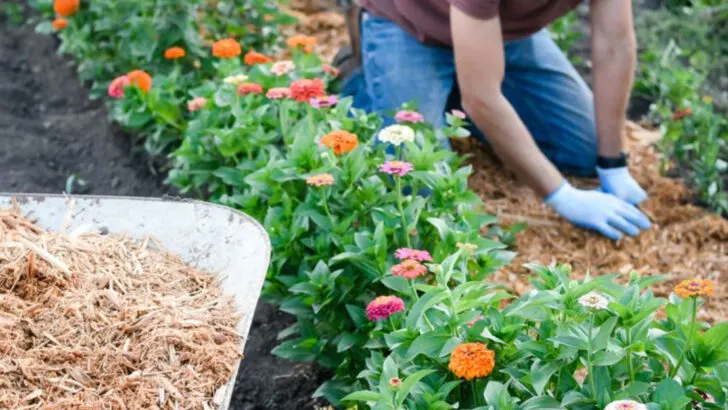If you’ve ever spent hours in your garden only to see little improvement, you’re not alone. Many common gardening habits feel productive but actually do very little to help your plants thrive. In fact, some of the most widely recommended garden tasks can be surprisingly wasteful—draining your time without offering real results.
Whether it’s over-mulching, daily watering, or obsessively pruning at the wrong time, a lot of well-intentioned routines don’t contribute much to actual plant growth or soil health. Meanwhile, other simple yet underused practices—like companion planting, deep watering, or feeding your soil, not just your plants—can lead to lush, healthy growth with far less effort.
In this article, we’re breaking down 10 time-wasting tasks that most gardeners can skip, and replacing them with 8 proven techniques that actually move the needle. If you’re short on time or energy but still want a vibrant, thriving garden, these smart swaps will help you focus on what truly matters.
Watering Too Frequently
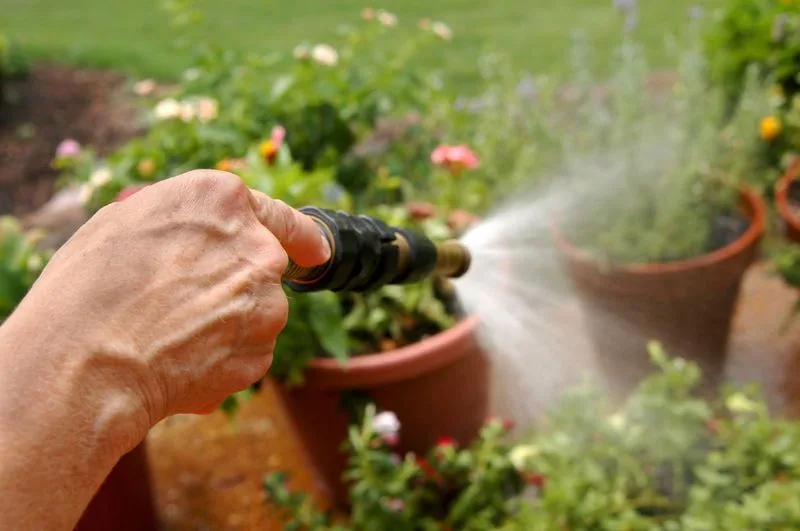
Overwatering can lead to root rot and other plant diseases. It’s easy to think that more water means healthier plants, but often, it’s quite the opposite. Plants need just the right amount of water to thrive, and too much can drown them.
Instead of watering every day, consider the needs of each plant. Some may require daily watering, but others might only need it once a week. Using a moisture meter can help you determine when your plants truly need water, ensuring they grow strong and healthy. This small change can make a big difference.
Did you know that many native plants are naturally drought-resistant and require less water? Consider incorporating them into your garden to reduce the need for frequent watering.
Over-Fertilizing
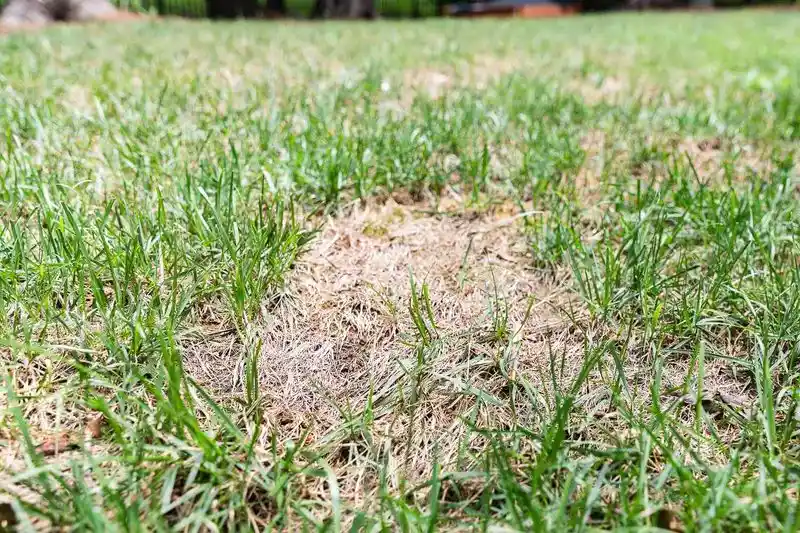
More fertilizer doesn’t always mean better growth. In fact, over-fertilizing can harm plants, leading to nutrient burn and stunted growth. Plants require a balanced diet, just like humans, and too much of a good thing can be detrimental.
Understanding the specific nutritional needs of your plants and using appropriate amounts of fertilizer is crucial. Conducting a soil test can provide insights into what’s lacking in your garden, allowing you to fertilize accordingly.
Did you know that some plants, like beans and peas, can fix nitrogen from the air, reducing their need for fertilizers? Consider planting these nitrogen fixers to naturally enrich your soil.
Over-Mulching

When it comes to mulching, more isn’t always better. Over-mulching can suffocate plant roots, leading to poor growth. This thick blanket over the soil may cause waterlogging, which invites disease and pests, rather than protecting against them.
A common mistake among enthusiastic gardeners is piling mulch too high around plant bases. This ‘mulch volcano’ traps moisture and encourages rot. A thin layer, about two to three inches, is sufficient to retain moisture and suppress weeds without harming plants.
It’s a simple adjustment that can significantly improve your garden’s vitality and health.
Constant Tilling
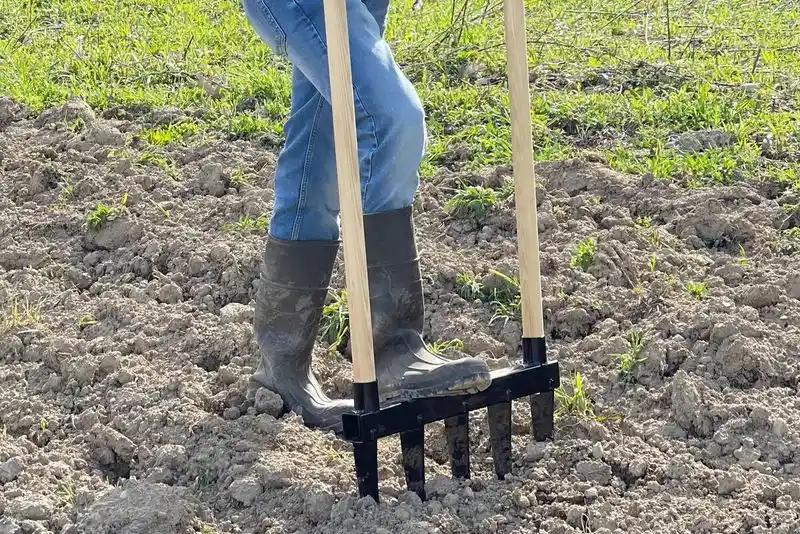
The belief that tilling improves soil quality is outdated. While turning the soil occasionally can be beneficial, constant tilling disrupts the delicate soil ecosystem. Repeated disturbance destroys beneficial organisms and leads to compaction and erosion over time.
By forgoing frequent tilling, you allow nature to build a healthy soil structure, rich in organic matter. Embrace no-till methods, which help retain moisture and nutrients.
Your plants will thrive with strong roots in a stable, living soil environment, free from the detrimental effects of excessive tilling.
Ignoring Plant Spacing
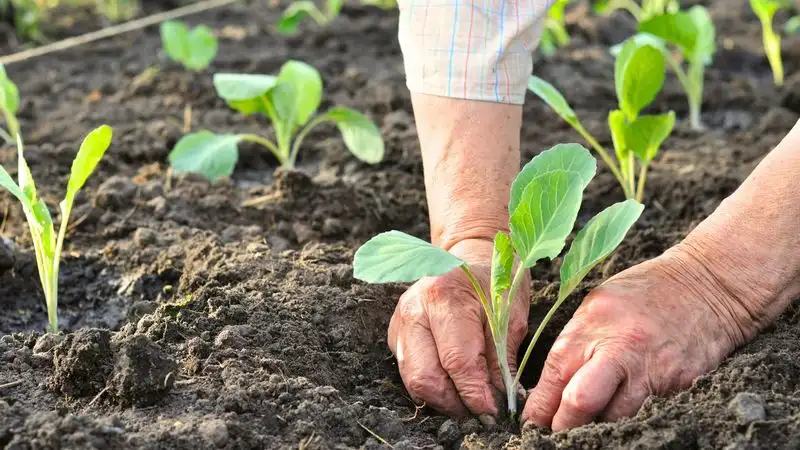
Proper plant spacing is crucial for growth but often overlooked. Cramming too many plants together leads to competition for light, water, and nutrients, stunting growth and increasing susceptibility to disease.
Imagine a crowded subway; plants need room to stretch and breathe. Observe the recommended spacing for each species you plant. This small adjustment greatly impacts overall garden health and yield.
By providing adequate space, you not only ensure healthier plants but also make gardening tasks like weeding and harvesting much more manageable.
Neglecting Soil Testing
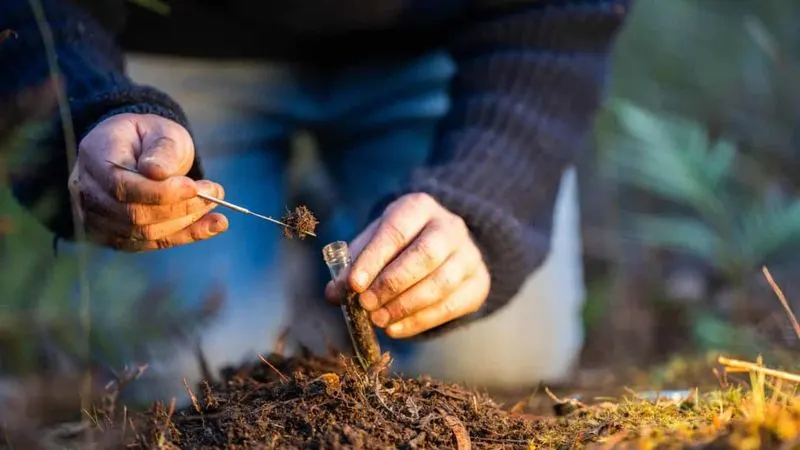
Many gardeners skip soil testing, assuming their soil is adequate. However, without knowing your soil’s nutrient composition, you risk over or under-fertilizing. This ignorance can lead to poor plant health and reduced yields.
Soil testing reveals pH and essential nutrient levels, allowing for precise amendments that enhance growth.
Investing in a simple soil test kit or professional testing services can transform your garden, ensuring your plants receive the nutrition they need to flourish, leading to a vibrant and productive garden space.
Excessive Trimming
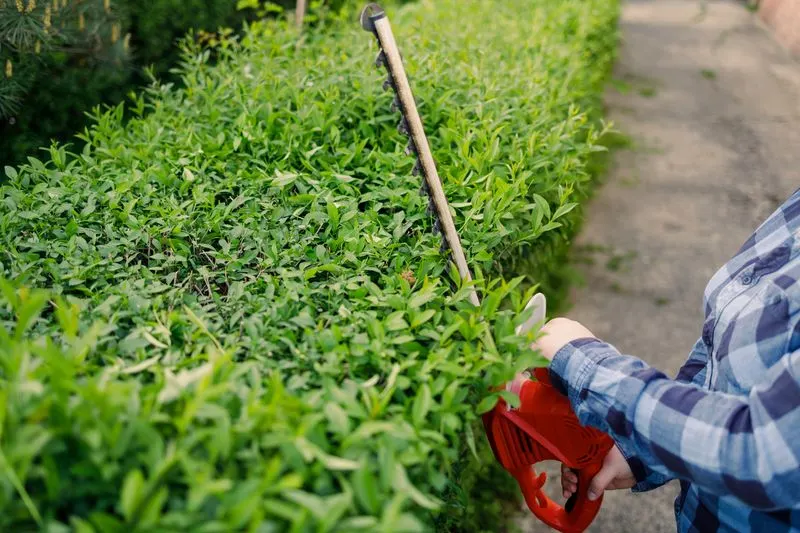
Trimming too much can do more harm than good. Over-zealous pruning removes more than just dead or diseased branches; it can stunt growth and reduce flowering.
Plants need their leaves for photosynthesis, their main food production process. Removing too many leaves weakens plants, making them vulnerable to stress and disease.
Aim for thoughtful pruning by removing only what’s necessary to maintain shape and health. This careful approach encourages vigorous growth and abundant blooms, keeping your garden lush and thriving.
Raking Leaves Obsessively
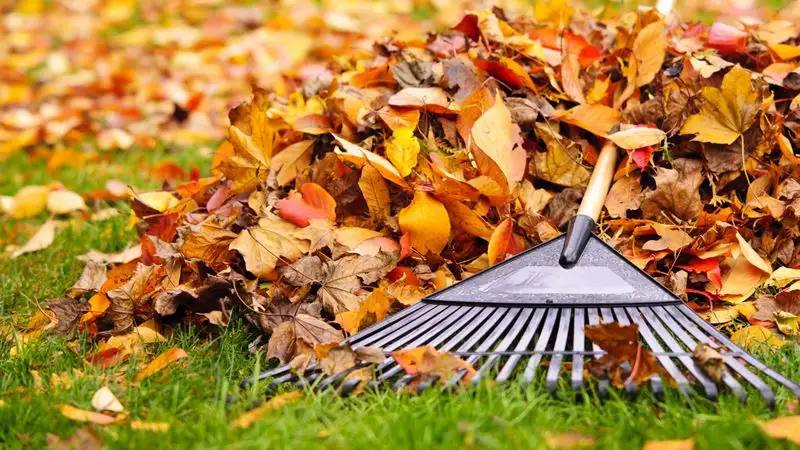
While a tidy garden path might seem appealing, raking leaves obsessively deprives your garden of natural mulch. Leaves break down to enrich soil and suppress weeds. Over-raking results in bare soil, prone to erosion and nutrient loss.
Leave some leaves untouched, especially in plant beds, to benefit from their natural goodness. This simple practice reduces work while enhancing soil health.
Enjoy the beauty of fallen leaves as a natural part of the garden ecosystem, contributing to a more vibrant and healthy garden environment.
Overwatering Lawns
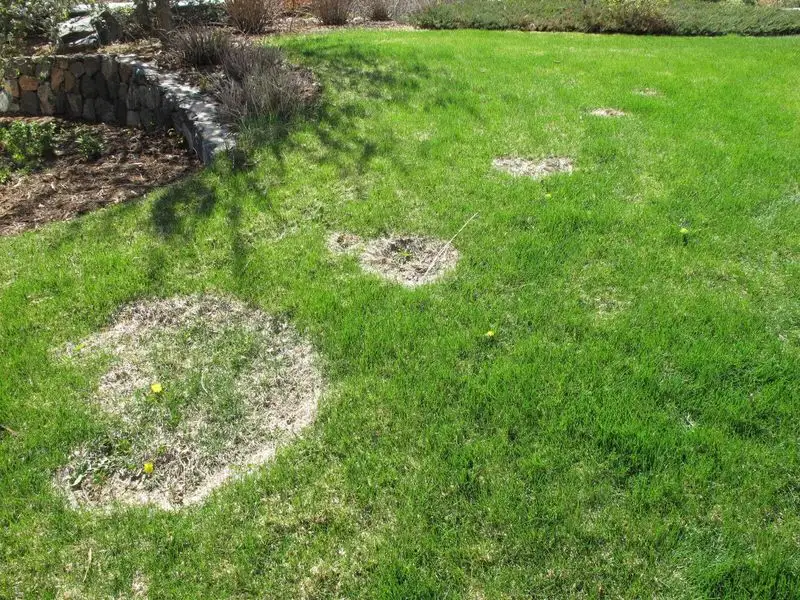
Lawns are often overwatered in the pursuit of lush greenery. Excessive water leads to shallow root systems, making grass more susceptible to drought and disease.
Lawn care experts recommend watering deeply but infrequently to encourage deep root growth. This method strengthens the lawn, making it more resilient and lush.
By adjusting your watering habits, you can maintain a vibrant lawn while conserving water and minimizing the risk of fungal diseases.
Ignoring Companion Planting
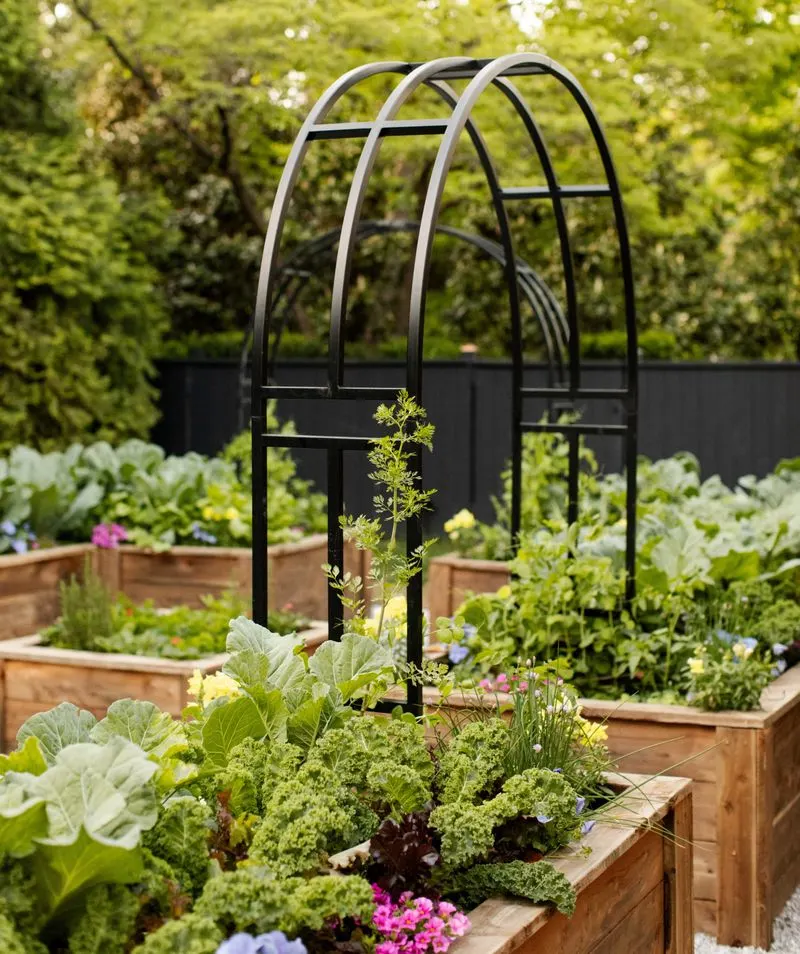
Companion planting is an age-old gardening strategy that many ignore. Certain plant combinations can enhance growth, deter pests, and improve flavor.
For instance, tomatoes and basil not only taste great together but also benefit each other’s growth. Similarly, planting marigolds among vegetables can repel pests.
By paying attention to plant friendships, you can create a harmonious garden that reduces pest problems and improves overall productivity.
Planting Out of Season
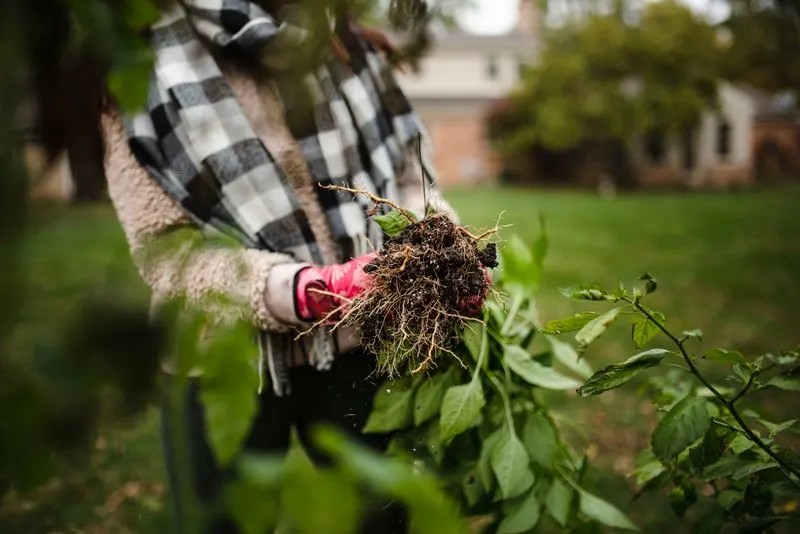
Planting out of season is a common pitfall that hampers garden success. Each plant has a preferred growing season, and ignoring these natural cycles leads to stressed plants and poor yields.
Consult local planting calendars and choose varieties suited to your climate. This ensures that each plant thrives in its ideal conditions, resulting in stronger growth and better harvests.
Timing is everything in gardening. By aligning your planting with nature’s calendar, you foster a flourishing and fruitful garden.
Skipping Crop Rotation
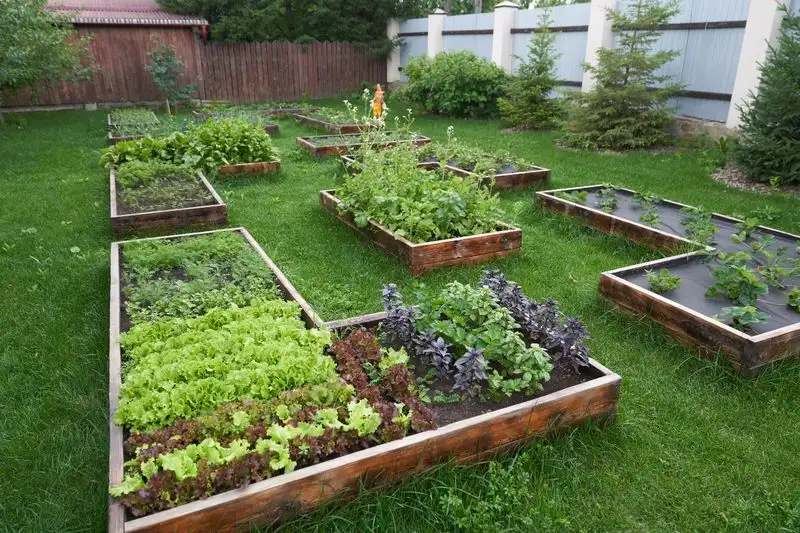
Crop rotation is a vital farming practice often overlooked in home gardens. Growing the same crop repeatedly in one spot depletes soil nutrients and invites pests and diseases.
By rotating crops yearly, you maintain soil health and disrupt pest life cycles. This technique prevents nutrient depletion and promotes a balanced ecosystem.
Embrace crop rotation to enhance soil fertility and support sustainable gardening, ensuring your garden remains productive and vibrant year after year.

